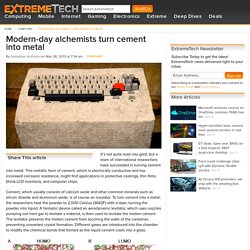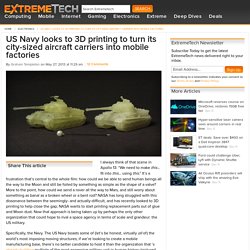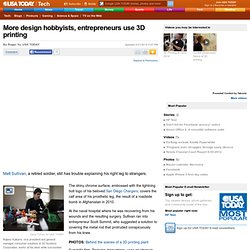

Jason
Working on learning the craft and developing my own writing style. The rest of the time, a Papa, QA Tester, accidental photographer & cook
Modern-day alchemists turn cement into metal. It’s not quite lead into gold, but a team of international researchers have succeeded in turning cement into metal.

This metallic form of cement, which is electrically conductive and has increased corrosion resistance, might find applications in protective coatings, thin films (think LCD monitors), and computer chips. Cement, which usually consists of calcium oxide and other common minerals such as silicon dioxide and aluminium oxide, is of course an insulator.
To turn cement into a metal, the researchers heat the powder to 2,000 Celsius (3642F) with a laser, turning the powder into liquid. A fantastic device called an aerodynamic levitator, which uses nozzles pumping out inert gas to levitate a material, is then used to levitate the molten cement. The levitator prevents the molten cement from touching the walls of the container, preventing unwanted crystal formation. Electrons (the blue blobs) trapped inside calcium oxide cages. US Navy looks to 3D printing to turn its city-sized aircraft carriers into mobile factories. I always think of that scene in Apollo 13: “We need to make this… fit into this… using this.”

It’s a frustration that’s central to the whole film: how could we be able to send human beings all the way to the Moon and still be foiled by something as simple as the shape of a valve? More to the point, how could we send a rover all the way to Mars, and still worry about something as banal as a broken wheel or a bent rod? NASA has long struggled with this dissonance between the seemingly- and actually-difficult, and has recently looked to 3D printing to help close the gap; NASA wants to start printing replacement parts out of glue and Moon dust.
Now that approach is being taken up by perhaps the only other organization that could hope to rival a space agency in terms of scale and grandeur: the US military. Specifically, the Navy. NASA printed this small part last year, which is theoretically strong enough for an actual launch. Welcome to MakerBot - MakerBot Industries. A 3-D Printer For Every Home! (Yeah, Right) There are a few Holy Grails on the Internet--things that thou shalt not touch because the Internet is still pretty much run by geeks.

You can’t criticize the hilarity and hive mind intelligence of memes, even when they’re, you know, really stupid. You can’t discuss the potential reasoning behind DRM, even when, to be a little fair, the web is a fantasy land of copyright infringement. But maybe, more than any of these, thou shalt not question the obvious, inevitable future of 3-D printing. Because as we all know, one day, there will be a 3-D printer in every home, and when you need a new watch, pair of shoes or perfectly mapped sculpture of your inner ear canal, presto! , just print it! Well, I have bad news that will probably make a lot of intelligent people whom I respect very much shake their heads in disgust. 3-D printing is not “bigger than the Internet” or even as big as the Internet. 3-D printing is not the next home revolution. For One, We Just Don’t Need That Much Crap. More design hobbyists, entrepreneurs use 3-D printing.
Matt Sullivan, a retired soldier, still has trouble explaining his right leg to strangers.

The shiny chrome surface, embossed with the lightning bolt logo of his beloved San Diego Chargers, covers the calf area of his prosthetic leg, the result of a roadside bomb in Afghanistan in 2010. At the naval hospital where he was recovering from his wounds and the resulting surgery, Sullivan ran into entrepreneur Scott Summit, who suggested a solution to covering the metal rod that protruded conspicuously from his knee. PHOTOS: Behind the scenes of a 3D printing plant Summit's firm, Bespoke Innovations, uses an obscure process known as 3D printing to make durable thermoplastic leg coverings, or fairings. By digitally scanning the surviving leg to match its shape and form, Bespoke produces curved panels resembling soccer shin pads that cover the artificial limb.
The consumer market's embrace of the technology has been swift. "It's like a hot glue gun. "You have freedom of creation. 3D Scanning at the Smithsonian.